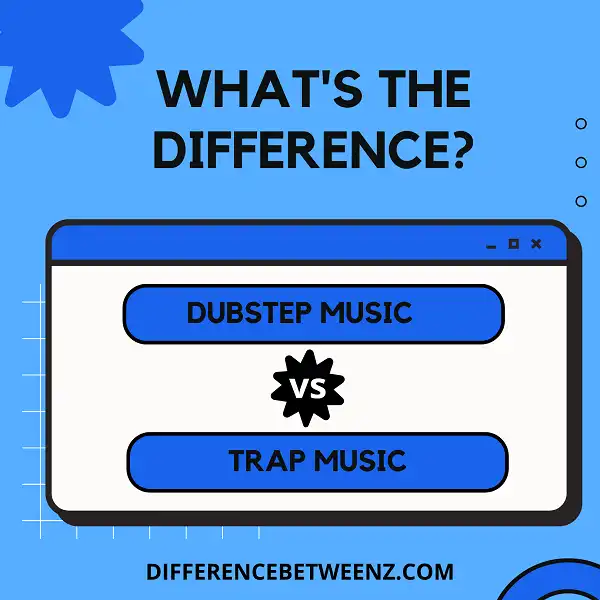In recent years, two particular genres of music have become extremely popular in the global electronic dance scene: dubstep and trap. These distinct sounds can be heard around the world, blasting out of speakers in festivals, clubs, and even our very own homes. Both are similar in many ways but with enough differences to make them unique musical experiments. People often get confused between these two styles of production; so today we aim to explain exactly what makes them different and dive into why each one has earned its place as a household name among partygoers everywhere!
What is Dubstep Music?
Dubstep music is a form of electronic dance music (EDM). It originated in London in the early 2000s and has become popular all over the world. Dubstep typically uses a heavy bass sound that is often accented with sharp drums and percussion. Dubstep began to gain mainstream recognition after its inclusion on popular radio shows, video games, television shows, films, and more.
The Dubstep sound continues to evolve as modern producers explore its creative depths, pushing boundaries as far as its intense bass can go. Dubstep is able to capture energy unlike any other genre of music and has influenced many genres since it emerged. Fans of Dubstep often describe experiencing a euphoric or trance-like state when listening to this energizing style of EDM.
What is Trap Music?
Trap Music is a genre of hip-hop music that originated in the U.S. Trap Music features hard-hitting synthesizers, bass, snares, and hi-hats, often layered with eerie vocal samples and melodic motifs. The subject matter of Trap Music often involves violence, drug culture, and hustle lyrics that tell a story about the ‘traps’ that its originators come from.
Trap Music has seen success both on the radio and in streaming numbers thanks to its catchy melodies, interesting production elements, and artist crossover. Trap stars like Cardi B, Future, and Migos have become bona fide superstars through their Trap Music hits – breaking language barriers worldwide. Trap Music continues to be one of the most popular genres in modern music as it continues to evolve into new subgenres such as Trap Soul and Trap Trap.
Difference between Dubstep Music and Trap Music
Dubstep Music and Trap Music, while sharing many similarities, also have many important differences.
- Dubstep is known as a grittier and heavier sound with prominent, powerful basslines and extensive use of Dub.
- On the other hand, Trap Music is characterized by sped-up Hip-Hop beats, often featuring 808s, snappy snares, and heavy atmospheres.
- Dubstep tends to be slower in tempo (around 140 BPM) while Trap often runs at a faster pace (about 160 BPM or higher).
- Dubstep is also known for its gritty sonic textures with extensive use of Dub elements such as offbeat rhythms paired together with its slow tempo provides for an exceptionally original and unique sound that has yet to be matched by another genre of music.
In comparison, the hard-hitting drums and the 808s used in Trap create an aggressive yet enjoyable atmosphere that when coupled with classic Hip-Hop samples can give the feeling of being in an environment where everyone has their heart beating very fast to keep up with the euphoric vibes!
Conclusion
Dubstep music and Trap music are two genres of electronic dance music that have grown in popularity in recent years. While they both share some similarities, there are also a number of important differences between the two styles. Dubstep is typically characterized by heavy basslines and dark, often eerie melodies, while trap tends to be more upbeat and lyrical. Astrap has become increasingly popular, it has begun to influence other genres as well, blurring the lines between them even further.


